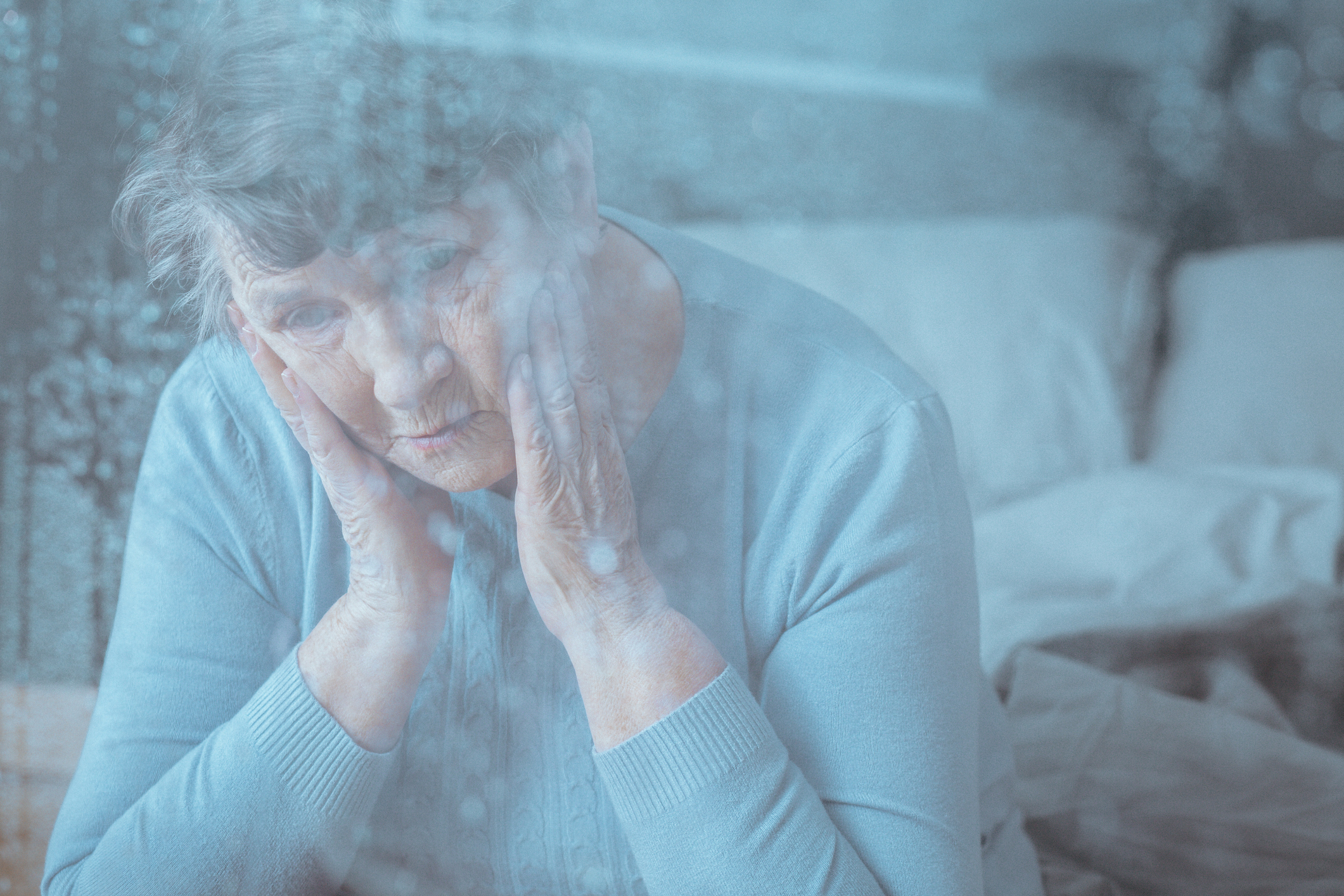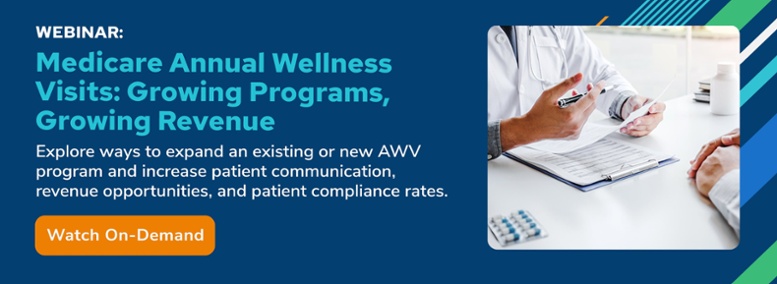Natural disasters are rarely expected but should be planned and practiced for regularly by everyone. In the medical world, being ready for a natural disaster means so much more than maintaining adequate staffing and supplies. It also means being able to connect with patients at a time when they may need you the most.
The after-effects of a natural disaster are unavoidable, but mitigating the severe damage, such as loss of life, should be a big focal point for healthcare teams. When a natural disaster strikes, will your organization be ready? And more importantly, will your most vulnerable patients be ready?
Impacts of a Natural Disaster on Remote Patient Monitoring
Older patients are often the most vulnerable population during a natural disaster. Senior patients are more likely to suffer from chronic diseases and decreased mobility, which places them at a greater risk for severe illness, injury, or even death during the initial aftermath of a natural disaster.
If your organization has a remote patient monitoring (RPM) program to help support your older patients, you'll want to take into consideration how a natural disaster will affect your program and enrolled patients. Falling under the umbrella of telehealth services, remote patient monitoring uses smart, connected technology to gather vital information between visits, allowing clinicians to keep closer tabs on their most vulnerable patients. Since RPM technology relies on internet or cellular connection, a natural disaster can interrupt the transmission of vital readings, thus potentially putting patients at increased risk.
To help avoid a worst-case scenario, it's important for your care team, those patients who are enrolled in remote patient monitoring, and any caregivers involved in patient care to have discussions around disaster preparedness and what vulnerable patients should do if an emergency arises. As part of these discussions, you should devise a tailored care plan that addresses the "what ifs" of a natural disaster.
To help facilitate a natural disaster conversation with patients and caregivers, considering referring to this resource from the National Institute on Aging. It shares some great actionable steps to help older adults prepare for a natural disaster. These steps essentially include the following:
- Create a disaster kit that includes important supplies like extra food, water, clothing, batteries, chargers, and medications. Items like batteries and chargers are likely to be important for keeping an RPM device powered and operating.
- Make a physical list of emergency contacts and save those names and phone numbers to a cell phone. On this list should be contact information for your organization.
- Prepare an evacuation plan which includes sharing a spare house key and the list of emergency phone numbers with someone trusted.
- Know where the nearest emergency shelter is located.
- Plan for alternative transportation in case driving is too dangerous.
- Keep family, friends, and neighbors informed of your whereabouts in case an emergency happens.
Going a step further, it may be prudent to give patients a printed list of their active medications as well as contact information for their specific care team members, including providers they see outside of your organizations like specialists and pharmacists. This list should include telephone numbers and addresses, be easily labeled for quick reference, and be included in the patient's emergency disaster kit.
Practice Preparedness Game Plan
Your organization should have an emergency preparedness game plan — one that is tested regularly and improved upon whenever possible. We've learned from previous natural disasters that it's not always easy to stick to plan A. We never know who will be impacted by a natural disaster, which means some of your key team members might not be available as planned for. To mitigate those effects, it's important to have backup plans that address multiple situations, and to practice those plans, thus helping ensure all staff are aware of what to do if an emergency were to occur. This should include ensuring staff know how to access your RPM platform and identify and act upon any concerning or missing information.
To help prepare for a natural disaster, there are many free resources to support your organization in developing an effective emergency preparedness plan. For example, Diversitypreparedness.org offers a free toolkit for primary care providers. Creating and practicing your plan could be the difference between life or death for staff and patients.
Aside from having a generalized disaster game plan for staff, does your organization have a plan for coordinating the care of vulnerable patients following a natural disaster? Many people will be left without electricity, gas, phone, and internet. Cell service may disrupted or overwhelmed. Following a disaster, remote patient monitoring equipment may not be usable for a period. Make sure patients and/or their caregivers understand how to recognize the signs of acute exacerbations of their chronic illnesses and know what to do should such a situation arise. Patients and caregivers should also have contact information for their care team members.
While most patients can't realistically stockpile an emergency supply of their medications, they can discuss with their pharmacist what they should do if they run out of their medications during a natural disaster. While most patients aren't aware of this, many pharmacies and insurance companies have protocols in place for dealing with emergency refill requests, even when the patient isn't due for a refill or prescriber can't be reached for refill authorization.
Telehealth Technology After Natural Disaster Strikes
Looking back at some of the more recent natural disasters, we have learned that telehealth is one of the quickest and easiest ways to connect with patients following a disaster. As highlighted in this 2021 article from Healthcare IT News, when winter storms wreaked havoc in places like Texas, practitioners learned very quickly just how important telehealth can be. By luck, many providers didn't lose internet access at their personal residences, enabling them to connect remotely to patients and local health centers.
Communications and electric companies are given high priority during an emergency response so they can bring these vital services back as quickly as possible. Still, depending on the severity of damage from a disaster, the restoration of communications and electric services can take time. During that period, efforts to maintain ongoing care of patients who are actively participating in a remote patient monitoring program may be disrupted. This makes it imperative for organizations to carefully consider the multiple ways disasters may impact an RPM program and plan for how they would respond if they must face one or more of these scenarios.
While natural disasters will always remain unpredictable, the good news is that our technology is getting smarter, stronger, and more resilient. Telehealth, and with it remote patient monitoring, is proving it can be the bridge that maintains a connection between patients and their healthcare team — and make coordinating care for our most vulnerable patients just a little easier in the aftermath of a natural disaster.


